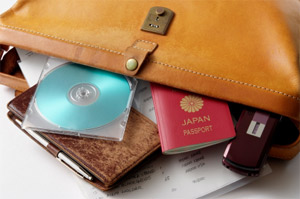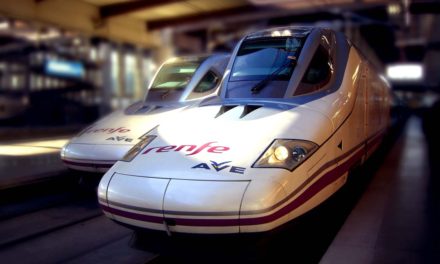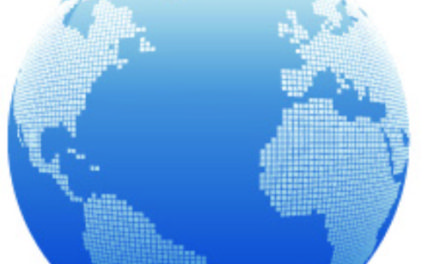 One of my annual New Year’s travel resolutions is to “unpack and repack my briefcase.” It’s amazing the stuff I accumulate over the year. Do I really need a half-dozen pens, two sets of earphones, $5 in loose change, and two handfuls of USB flash drives?
One of my annual New Year’s travel resolutions is to “unpack and repack my briefcase.” It’s amazing the stuff I accumulate over the year. Do I really need a half-dozen pens, two sets of earphones, $5 in loose change, and two handfuls of USB flash drives?
There’s always a desire to carry everything you could possibly need while on the road, turning your briefcase into the road warrior’s version of Batman’s utility belt, letting you amaze your traveling companions by pulling out just the right thing to solve any travel problem. But while you’re always prepared, you’re always lagging behind – either because you’ve got the heaviest bag or the TSA is pulling your bag for secondary screening because all your stuff makes them suspicious.
The goal for the business traveler is to travel light: optimize the trade-off between weight and having everything you need. To make it easy, travel gear and accessories in my carry on bag fall into these categories:
- Personal Computer. Most business travelers are knowledge workers. And the laptop is to us what a framing hammer is to a carpenter; the laptop is our main tool of the trade. However, many business travelers carry a sledgehammer of a laptop: 17-inch screen, DVD player and the fastest processor. This, along with a couple of extra batteries to keep it breathing between New York and San Francisco.But how much heavy lifting do we do when we’re on the road? Most of my time is spent running e-mails, web research and some light document editing. My Travel PC needs to be purpose-“spec’d” for what’s important to a frequent traveler — light weight, long battery life, and reasonable processing power (in that order). And it leaves behind what’s not — optical drives, super-fast processors and video cards, big hard drives, and large monitors.
- Communications. The maturation of the smartphone is probably the best thing that’s happened to business travelers since the creation of frequent flier programs. The ability to talk without finding a pay phone and to send/receive data without hunting down an analog line has made business travel simpler and easier. After you get comfortable with constant connectivity, you depend upon it. So now I carry an AT&T iPhone 4 and a Verizon Droid 2 to counter dead spots, and an AT&T cellular modem for when I’m in underdeveloped areas where Starbucks or other wireless coffee bars do not yet exist.
- Entertainment. Delays are an integral part of today’s travel experience, so we need to carry some things to keep our minds otherwise occupied. It started with iPods, listening to music while waiting out a weather delay. Or a Nintendo for the just-out-of-college set. But in the past couple of years, the choices have exploded and the lines have blurred. I use my iPhone for a conference call and then play Battleship on it in the TSA line. Dual purpose devices let me cut down weight, making room for those hard-to-justify but just-gotta-have Bose noise-canceling headphones.
- Pens and Paper. I used to carry a lot of paper – documents to review, analyst reports to read – because I hate reading these things on a computer screen. Now the iPad is another double-duty device that lets me jettison all of that, slashing dead-tree bulk and weight from my bag. I still carry a couple of pens and a Moleskine notebook because … well, just because.
- Medicine. Trying to find a pharmacy in a strange place can be painful. I don’t want to carry an entire medicine cabinet, but I don’t want to search the local strip malls every time I need some ibuprofen or allergy medicine.
- Food. This is not about turning my briefcase into a flying picnic basket. Instead, it’s a few small task-specific items such as a tin of wintergreen Altoids to cure the dry mouth I get when I fall asleep in flight, and a couple of Tazo green tea bags because I think most in-flight coffee is awful.
Going through this, I think I’m traveling lighter and smarter. But it might be a push. I think may need a fifth category called “Power chargers.”




